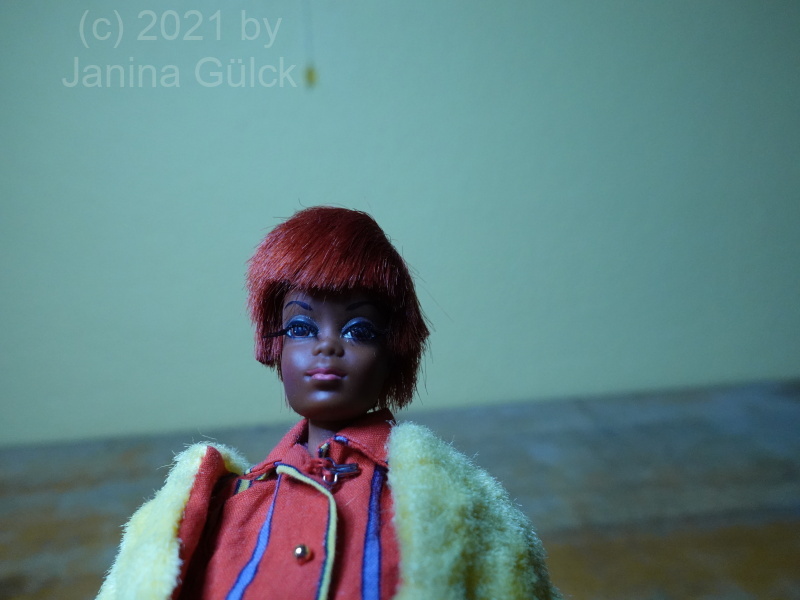Table of Contents
For decades, Barbie has been more than just a doll—she’s a cultural icon, a collectible treasure, and, for some, a fascinating subject of scientific research. In recent years, the scientific community turned its attention to examining Barbie dolls to better understand their composition and the challenges of preserving them over time.

A Scientific Deep Dive into Barbie
A groundbreaking study in Barbie research a few years ago involved the dissection and analysis of two Barbies: a modern version and the legendary TNT (Twist ‘n Turn) Barbie from 1967. Scientists meticulously deconstructed these dolls to reveal the materials that have made Barbie both durable and iconic. But what they found raised more questions than answers.
The analysis of Barbie research shed light on the specific materials used in Barbie’s construction, but it also unveiled a “black box” of sorts—a gap in our understanding of how these materials age and interact over time. For collectors and preservationists, this mystery is more than a curiosity; it’s a challenge that directly impacts their ability to restore and maintain these treasured pieces of history. If you’re able to read in German the article tries to scrape on the surface https://www.sueddeutsche.de/bayern/nuernberg-so-soll-barbie-jung-bleiben-1.3394263
The Challenges of Aging Materials
As a Barbie collector and cultural steward, I have personally delved into the question of material aging. Understanding the properties of the plastics, paints, and adhesives used in Barbie’s construction is crucial for restoration efforts. Without this knowledge, it’s difficult to choose the right methods and materials to preserve these dolls while remaining true to their original form.
Interestingly, I’ve learned that I’m not alone in my quest for answers. Many fellow collectors have shared similar frustrations, encountering dead ends when seeking detailed information about Barbie’s materials. Why are these answers so elusive? Is it a simple oversight, or is there a deliberate effort to keep this information out of reach?
The Environmental Factor
We already know that Barbie should not be exposed to extreme temperature fluctuations and that the ideal storage environment would be something akin to a bunker without daylight. While regulating temperature is feasible, living in a daylight-free bunker is another matter entirely—it’s far too dark for my taste. Striking a balance between proper preservation techniques and practical living conditions is one of the many challenges Barbie collectors face. https://www.duda.news/welt/wissenschaftler-erforschen-barbies/
Preserving Barbie for Future Generations
Regardless of the reasons behind the information gap, collectors continue to forge ahead. As Barbie researchers with limited knowledge we experiment, share our findings, and work tirelessly to keep Barbie’s legacy alive. For me, every restoration project is a step closer to uncovering the secrets of this iconic doll. From identifying the best cleaning methods to finding compatible replacement parts, every detail matters in preserving these pieces of cultural history.
Barbie preservation is more than a hobby—it’s a way to honor the artistry and cultural significance of a doll that has inspired generations. As collectors, we stand united in our mission to protect and celebrate Barbie’s legacy, even if the road to understanding her materials remains shrouded in mystery.
The Future of Barbie Research
The study of Barbie’s materials and aging process is still in its infancy. With advancements in technology and growing interest from scientists and collectors alike, there’s hope that more answers will emerge. Until then, the collective efforts of the Barbie community will continue to shine a light on the challenges of preservation, ensuring that Barbie remains a symbol of creativity, empowerment, and nostalgia for generations to come.
